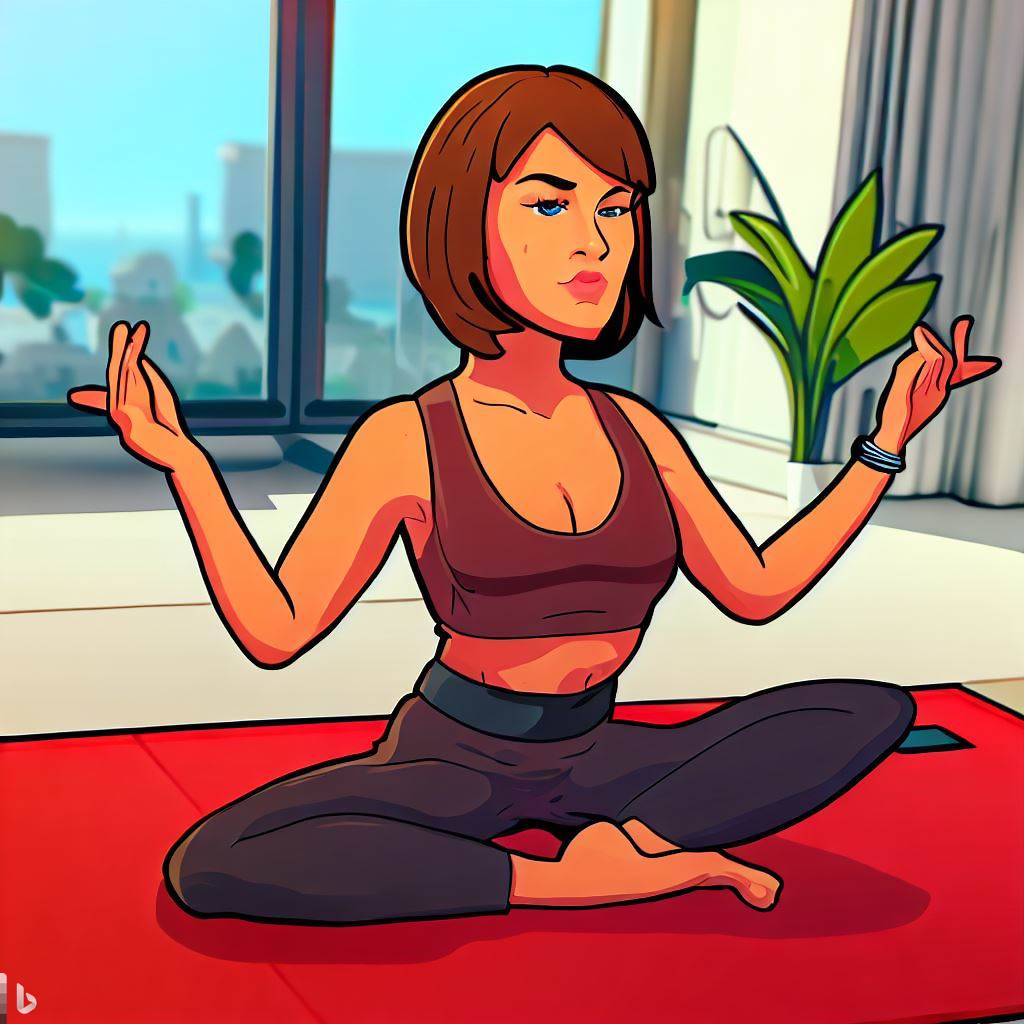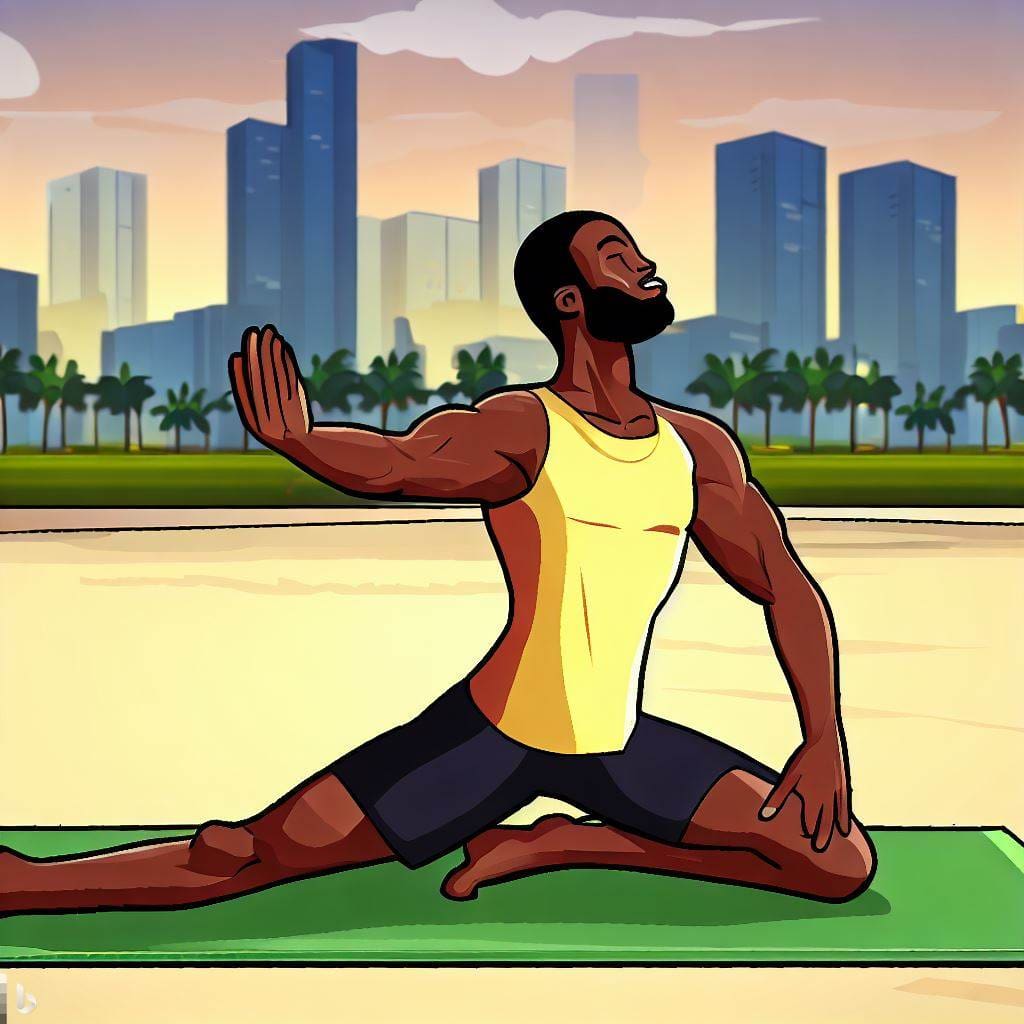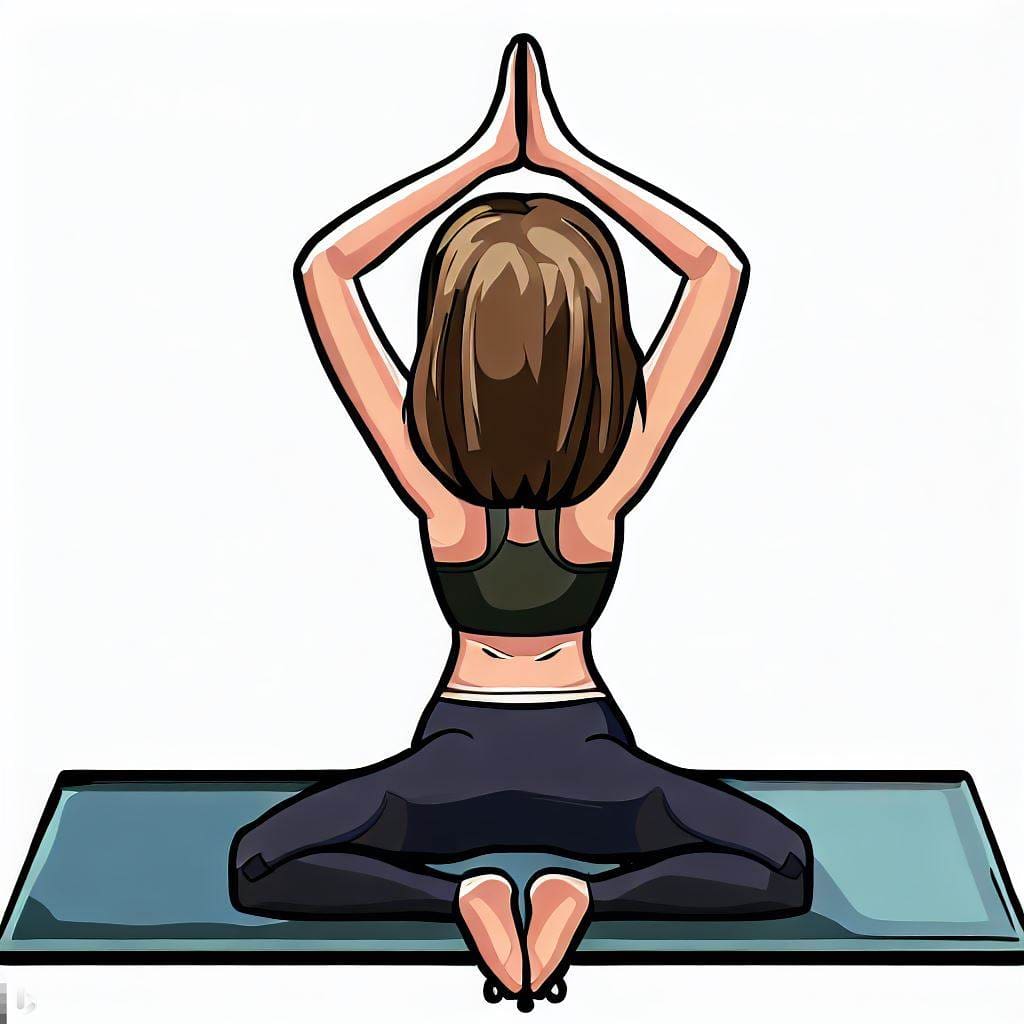Yoga is an ancient practice that originated in India around 5,000 years ago. It encompasses physical, mental, and spiritual disciplines aimed at achieving harmony between the mind, body, and soul. Today, yoga has become a global phenomenon, with millions of practitioners all over the world. Over the years, various forms of yoga have emerged, each with its unique benefits and purposes. In this article, we will explore the different forms of yoga and help you determine which one is best for you.
Hatha Yoga

Hatha Yoga is the foundation of most modern yoga styles, characterized by its focus on physical postures (asanas) and breath control (pranayama). Hatha is ideal for beginners as it provides an excellent introduction to the basic yoga postures and principles. This form is known for its gentle, slow-paced approach and is an excellent choice for stress relief, relaxation, and improving flexibility.
Vinyasa Yoga
Vinyasa Yoga, also known as flow yoga, is a more dynamic and fast-paced style that links movement with breath. This practice involves a series of smoothly transitioning poses, creating a continuous flow of movement. Vinyasa is perfect for those who enjoy a more athletic and challenging workout, as it helps build strength, endurance, and flexibility. If you like variety and want to break a sweat, Vinyasa may be the right choice for you.
Ashtanga Yoga
Ashtanga Yoga is a vigorous and structured style that consists of six progressive series of postures. Each series is designed to help practitioners develop strength, flexibility, and stamina. Ashtanga is known for its physically demanding nature and requires discipline, commitment, and regular practice. If you’re looking for a rigorous workout and a consistent routine, Ashtanga might be the right fit.
Iyengar Yoga

Iyengar Yoga, developed by B.K.S. Iyengar, emphasizes proper alignment and precision in each posture. This style pays special attention to anatomical details and uses props such as blocks, straps, and bolsters to support and enhance each pose. Iyengar is suitable for all levels, especially for those recovering from injuries or experiencing chronic pain. If you’re interested in deepening your understanding of body mechanics and alignment, Iyengar Yoga is worth exploring.
Kundalini Yoga
Kundalini Yoga focuses on awakening the dormant energy (Kundalini) at the base of the spine through a combination of physical exercises, breathing techniques, meditation, and chanting. This form is known for its spiritual and transformative aspects, as it aims to increase self-awareness and elevate consciousness. If you’re seeking a more spiritual and holistic approach to yoga, Kundalini might be the right choice.
Yin Yoga
Yin Yoga is a slow-paced, meditative style that targets the deep connective tissues, such as fascia, ligaments, and joints. Poses are held for an extended period (usually 3-5 minutes) to encourage the release of tension and promote relaxation. Yin Yoga is ideal for those looking to improve flexibility, balance, and mindfulness. If you’re seeking a calming, introspective practice, give Yin Yoga a try.
Bikram Yoga
Bikram Yoga, founded by Bikram Choudhury, consists of a set sequence of 26 postures and two breathing exercises practiced in a heated room (around 105°F with 40% humidity). The heat is intended to promote detoxification, increase flexibility, and reduce the risk of injury. Bikram Yoga is suitable for those who enjoy a challenging and structured practice in a hot environment.
Prenatal Yoga
Prenatal Yoga is specifically designed to support pregnant women throughout their pregnancy journey. This gentle form of yoga focuses on strengthening the pelvic floor, improving balance, and reducing stress. Prenatal Yoga can help alleviate common pregnancy-related discomforts, such as lower back pain, swelling, and fatigue. If you’re an expectant mother, Prenatal Yoga is a safe and nurturing way to stay active and connected to your body during this transformative time.
Restorative Yoga

Restorative Yoga is a soothing and nurturing practice that encourages deep relaxation and stress relief. This form uses props like bolsters, blankets, and blocks to support the body in passive, reclined poses that are held for an extended period (usually 5-10 minutes). Restorative Yoga is perfect for those looking to unwind and release tension from the body and mind. If you need a gentle, calming practice to help you recharge, Restorative Yoga is an excellent choice.
Power Yoga
Power Yoga is a dynamic and athletic style of yoga that builds strength, stamina, and flexibility. Often inspired by Ashtanga Yoga, Power Yoga does not follow a set sequence of postures, allowing for more variety and creativity in the practice. If you’re looking for a high-energy workout that will challenge you physically and mentally, Power Yoga might be the perfect fit.
Which is the Best?
There isn’t a definitive answer to the question of which form of yoga is the best. The most suitable style for you depends on your personal preferences, goals, and fitness level. It’s essential to listen to your body and choose a practice that aligns with your needs and desires. Here are a few considerations to help you decide:

- Fitness Level: Consider your current fitness level and experience with yoga. If you’re a beginner, a gentle style like Hatha or Iyengar might be more suitable. If you’re more experienced or seeking a challenging workout, styles like Vinyasa, Ashtanga, or Power Yoga might be a better fit.
- Goals: Reflect on your goals for practicing yoga. Are you looking to improve flexibility, build strength, reduce stress, or deepen your spiritual connection? Understanding your goals can help you select a style that best aligns with your intentions.
- Personal Preferences: Consider your personal preferences and interests. Do you enjoy a fast-paced, dynamic practice, or do you prefer a slow, meditative approach? Are you drawn to the spiritual aspects of yoga, or are you more focused on the physical benefits? Reflecting on your preferences can help you find a yoga style that resonates with you.
- Try Different Styles: It’s crucial to explore various forms of yoga to find the one that feels best for you. Attend different classes, workshops, or online tutorials to experience the unique qualities of each style. With time and practice, you’ll discover the form of yoga that best supports your personal journey.
Conclusion
Ultimately, the best form of yoga is the one that resonates with you and supports your physical, mental, and spiritual well-being. By exploring different styles and understanding your preferences, you’ll be able to choose the perfect practice that nurtures your body, mind, and soul. Keep an open mind, trust your intuition, and enjoy the journey of self-discovery through the diverse and transformative world of yoga.

